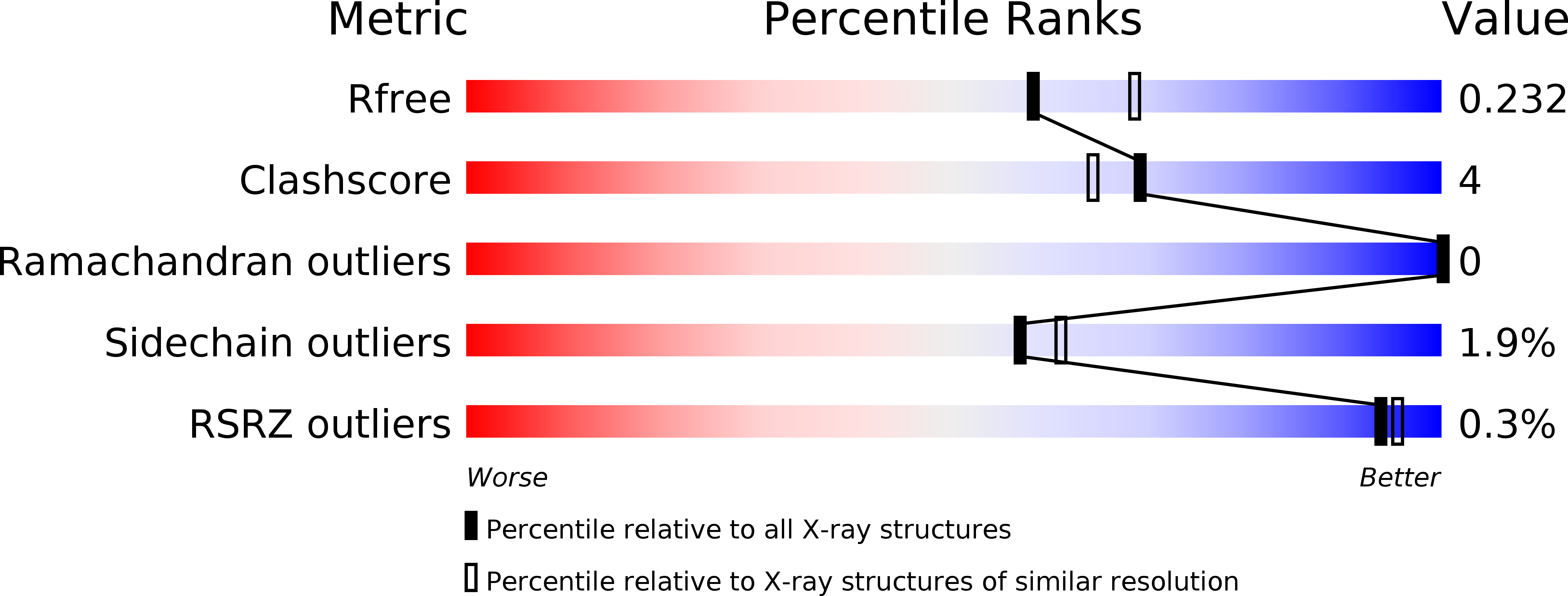
Deposition Date
2020-01-21
Release Date
2020-04-22
Last Version Date
2024-11-06
Entry Detail
PDB ID:
6LT6
Keywords:
Title:
Crystal structure of rhesus macaque MHC class I molecule Mamu-B*05104 complexed with lysophosphatidylcholine
Biological Source:
Source Organism:
Macaca mulatta (Taxon ID: 9544)
Host Organism:
Method Details:
Experimental Method:
Resolution:
2.15 Å
R-Value Free:
0.23
R-Value Work:
0.18
R-Value Observed:
0.18
Space Group:
P 21 21 21


